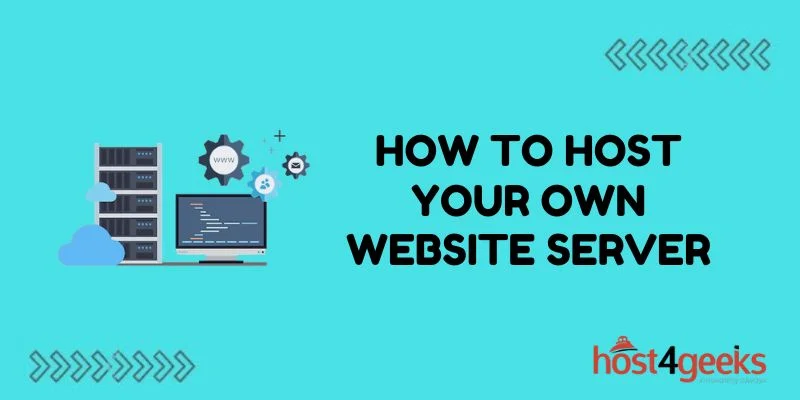Hosting your own website server can provide more control, customization, and potentially cost savings compared to using shared hosting services. However, it does require more technical expertise. This guide covers key considerations for hosting your own server, including choosing a server operating system, securing your server, handling DNS, and optimizing performance.
Choosing a Server Operating System
The first decision is which operating system to use for your server. The most common choices are:
Linux
Linux is open-source, secure, and lightweight. Popular Linux distros for servers include Ubuntu Server, CentOS, and Debian. Linux knowledge is useful for server administration.
Windows Server
Windows Server offers an intuitive interface for those with Windows desktop experience. However, licensing costs can add up. Windows Server 2022 and Windows Server 2019 are current options.
FreeBSD
FreeBSD is another open-source Unix-based OS. It prioritizes security and stability but has a steeper learning curve.
Consider software compatibility, efficiency, security, costs, and your team’s expertise when choosing an OS.
Securing Your Server
A secured server is crucial for protecting your site and visitors. Security tips include:
Firewalls and Access Rules: Use firewall software like iptables or Windows Firewall. Limit open ports and set tight access rules.
SSH Key Authentication: Require SSH keys for login instead of passwords, which are vulnerable to brute force attacks.
Software and Updates: Keep all software on the server updated including the OS. Update on a set schedule, at least monthly.
SELinux/AppArmor: On Linux, leverage SELinux or AppArmor for mandatory access controls. Enable it wherever possible.
Fail2ban: Install Fail2Ban to block suspicious IP addresses when repeated failed login attempts or attacks are detected.
Registering a Domain Name
To host your own website server, you need a domain name that points to your host computer’s IP address.
Popular registrars to purchase a domain include GoDaddy, Namecheap, Bluehost, and more. Make sure your domain uses an extension (TLD) supported by your region and web host.
When registering, input your server’s public IP address to associate with the domain during setup.
Managing DNS Records
Once you purchase a domain, update the DNS records to connect the domain to your web server:
A Record
Create an A record that maps your domain to your server’s public IP address. This enables access to your website.
Nameserver Records
Your domain’s nameserver (NS) records should be pointed to your DNS host. This delegates control of your DNS information to your custom nameservers.
MX Record
The MX record enables sending and receiving emails for addresses using your custom domain. Point it to your mail server.
Use any DNS changes propagation checker to track when updates fully deploy through the global DNS system. This can take up to 48 hours for new sites.
Web Server Configuration
With DNS pointing traffic to your server, the web server software handles HTTP requests. Options include:
Apache
The Apache HTTP web server is open source, popular, and available for Linux and Windows. It’s highly customizable via modules and .htaccess files.
Nginx
Nginx provides high performance and efficiency. Its lightweight nature makes Nginx ideal for servers with heavy traffic loads.
IIS
IIS (Internet Information Services) is Microsoft’s proprietary web server, deeply integrated with Windows Server products. It powers many enterprise sites.
Configure your chosen web server software to serve your site files and handle HTTPS encryption. Most web hosts offer 1-click installs of LAMP, LEMP, or WAMP stacks.
Optimizing Performance
To achieve fast site speeds, optimize both your web server and the code it runs:
- Caching: Install caching plugins like Redis or Memcached to reduce database requests. Varnish also offers HTTP caching.
- Content Delivery Network: A CDN like Cloudflare distributes static assets globally from data centers, accelerating content delivery.
- Compression: Enable gzip compression in the server config. Gzip shrinks file sizes for faster transmission over the internet to visitors.
- Database Optimization: On MySQL and other databases, tuning the configuration improves query response times. Add indexes appropriately.
Conclusion
Hosting your own server is within reach for most experienced developers. While complex, the control and customization enable better site performance, security protections, and costs.
Research your needs, follow server security fundamentals, and optimize website delivery through DNS and web server software choices. Refer to documentation and sysadmin communities when you need help.
